
OLED vs QLED televisions
The main differences in short
| OLED | QLED | |
|---|---|---|
| Do you want the deepest black levels? | ||
| Do you want the strongest contrast between dark and light images? | ||
| Do you want the highest color volume? | ||
| Do you want the highest brightness? | ||
| Do you want the widest viewing angle? | ||
| Do you want as little reflection as possible? | ||
| Do you not want the risk of burn-in? |
Black levels and contrast
The black level of a TV determines how dark the blackest image can be. For TVs, this ranges from pitch black to deep dark gray. These subtle differences have a major influence on the contrast between dark and light images. In addition to a blacker image, colors appear stronger, which makes your viewing experience extra realistic.
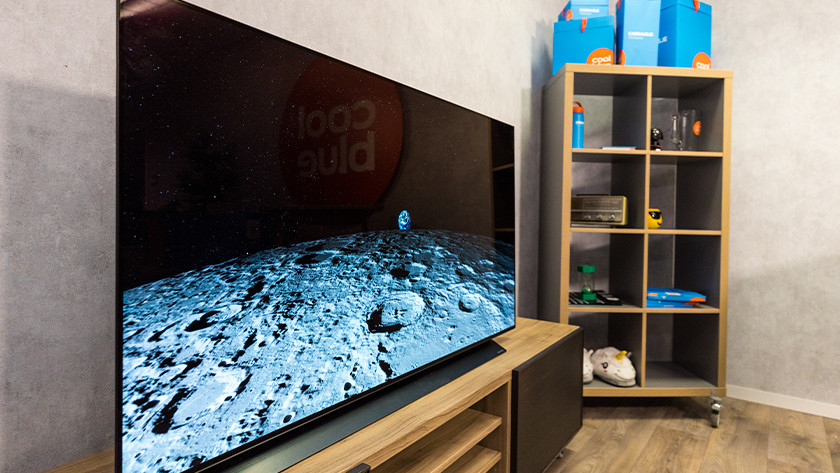
The black level and contrast of OLED
An OLED screen contains millions of pixels that individually produce or light up colors. When a pixel shows a black image, it turns off completely. As a result, the image is really black. This creates a powerful contrast between dark and light images. You can clearly see this during a scene of a starry sky. The sky is pitch black, while the stars shine brightly. Since only the pixels behind the bright images light up, you won't see a light haze around the stars.
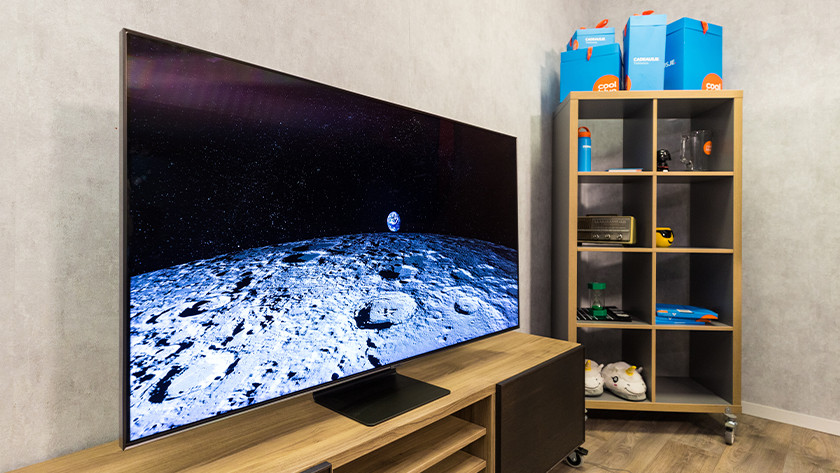
The black level and contrast of QLED
Behind a QLED screen are small lights that either light up or become dark in each scene. The higher the number of lights, the more specific the screen will darken in certain places. In terms of black levels, QLED TVs are getting closer to OLED TVs. While the QLED technology accurately darkens the screen, the pixels of an OLED TV do this slightly more specifically.
Color volume and brightness
The color volume is a combination of the number of colors and the maximum brightness that a TV displays. Especially when you watch HDR videos, it's important that the TV produces a high color volume. An HDR image consists not only of many, but also of very bright colors. A TV can only display these colors when the screen reaches a high brightness.
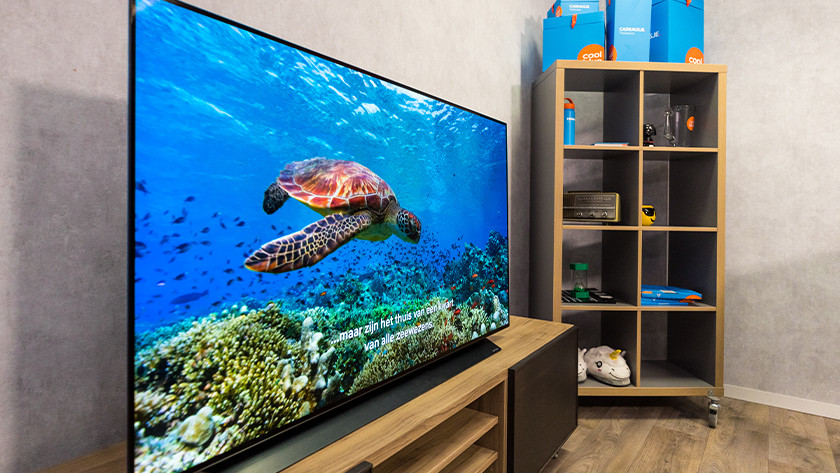
The color volume and brightness of OLED
Every OLED TV has HDR support, allowing you to view more than a billion colors. Compared to a QLED TV, an OLED TV produces a lower brightness. This means that you don't get the maximum out of the intensity of some color tones. Also keep in mind that the colors look less bright in an illuminated room. If you want the colors and contrast to come into their own, then it's best to watch in a dark room.
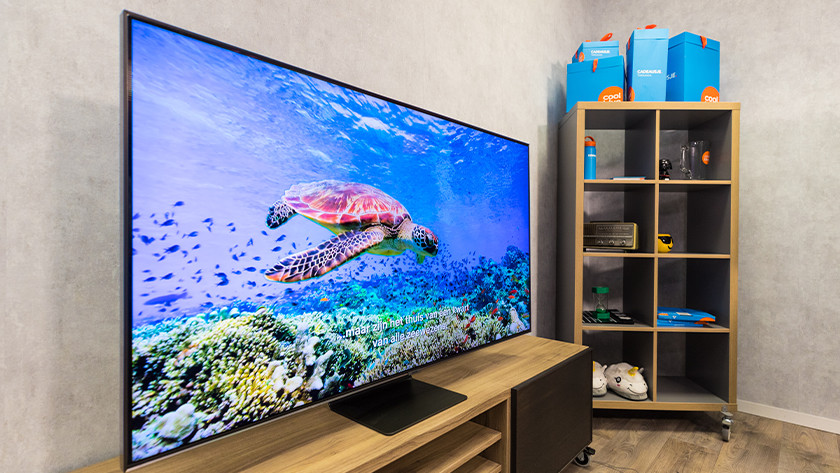
The color volume and brightness of QLED
Thanks to the Quantum Dot technology, a QLED TV excels in both areas. This technology consists of tiny nanocrystals that convert light into color. This way, QLED TVs produce a color volume of 100%. Every subtle color nuance in a flower field or the fur of an animal is perfectly reproduced. Because of the high brightness, bright images are also clearly visible in an illuminated room.
Viewing angle and reflection
When you watch TV with a large group of people, the viewing angle plays an important role. This property determines how far you can sit on the side before the image quality decreases. Especially from the side, but also from the front, you sometimes see annoying reflections. When the sun or a lamp shines onto the screen, it creates a mirror effect. Some TVs are more susceptible to this than others.

The viewing angle and reflection of OLED
OLED TVs are known for their excellent viewing angle. Feel free to sit diagonally in front of the TV, because the image quality remains the same. Only from an angle of about 85 degrees will you notice that the colors or brightness are affected. The average OLED TV is more susceptible to reflections. Especially during dark scenes, there's a good chance that objects like a lamp are reflected on the screen.
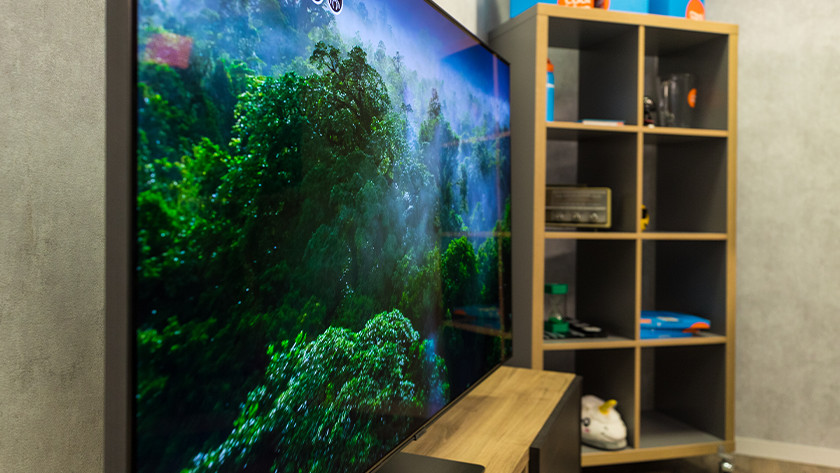
The viewing angle and reflection of QLED
Compared to OLED TVs, QLED TVs have a smaller viewing angle. From an angle of about 55 degrees, the colors begin to distort and the brightness reduces. The advantage is that QLED TVs are less susceptible to reflections. The backlight and a special layer on the screen counteract reflections. This keeps the image clearly visible when the sun or a lamp shines on the screen.
Burn-in
If a screen shows a static image for a long period of time, you'll run the risk of the burning in. An example is a logo that's always in the top corner. Once it's burned in, the image will stay on the screen like a shadow. There are many scary stories about burn-in, but in reality you hardly need to worry about this. On the other hand, not every TV is completely immune to this.

The risk of burn-in with an OLED TV
An OLED TV uses smart technologies that reduce the risk of burn-in. For example, LG OLED TVs use a mechanism that occasionally resets the screen. This way, each pixel is reset to the default settings. This gives an OLED TV a minimal chance of burning in, provided that you use it in a normal way. By this, I mean that you don't show the same static image for days.

The risk of burn-in with a QLED TV
If you don't want a risk of burn-in, get a QLED TV. It's been proven in a test laboratory that these television are immune to burn-in. Even when the screens display the same image for 72 hours, they show no sign of burn-in. This is because Quantum Dots don't degenerate after a long period of time, so they don't break or become less bright.
Conclusion
Both OLED and QLED TVs deliver impressive picture quality in their own way. If you want to see the deepest black, an OLED TV is the thing for you. Because each pixel is switched off individually, the black levels are perfectly black and very accurate. Get a QLED TV when you find the brightness and color volume the most important. Especially when you watch HDR videos, you'll enjoy an impressive color intensity with these TVs.
Visit the store
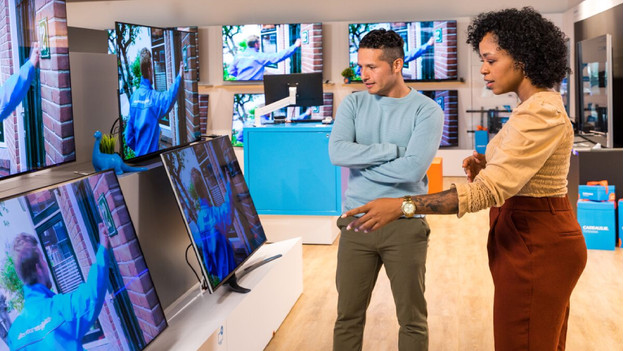
Do you want to see the difference between OLED and QLED television yourself? Feel free to visit us in one of our stores for personal advice. Our experts are happy to tell you more about the differences between OLED and QLED. Click on the button below for an overview of all Coolblue stores.


